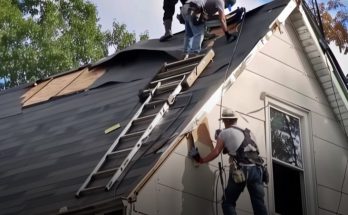A deadly storm has swept through the Pacific Northwest, leaving one person dead and others injured. As the storm intensifies, experts warn the most dangerous impacts are still ahead.
A powerful storm with hurricane-like winds hit the Pacific Northwest on Tuesday, causing damage. The storm, called a “bomb cyclone,” is expected to cause massive ocean waves along the coast. It will also bring heavy rain to Northern California throughout the week, driven by an atmospheric river.

A photo of a fallen tree on a car, caused by the impacts of a bomb cyclone posted on November 20, 2024 | Source: X/MukilteoFire
More than seven million people along the Pacific Coast are bracing for the storm’s wrath, which promises high winds, flooding, and snow. According to the National Oceanic and Atmospheric Administration (NOAA), conditions began deteriorating on Tuesday and are expected to worsen as the week progresses.
This severe weather could lead to flash floods, rock slides, and debris flows in vulnerable areas. Mountain regions are also at risk of heavy snow and severe snowstorms with high winds.
On Tuesday night, the Bay Area started feeling the storm’s impact as an atmospheric river—a massive stream of Pacific moisture—brought heavy rainfall and powerful gusts. Forecasters predict up to a month’s worth of rain could fall over in the region in the next few days, raising concerns about severe flooding and disruptions.
Washington State was the first to feel the storm’s impact. Powerful winds toppled trees, knocking down power lines across the Seattle area. Hundreds of thousands were left in total blackout and many remained in the dark early Wednesday.
Tragedy struck in Lynnwood when a large tree fell on a homeless encampment, killing a woman in her 50s. The local fire department confirmed there were no other injuries in the incident.
In a separate event, emergency responders were called to Maple Valley, where a tree collapsed onto a trailer in the 22900 block of 184th Street. Two people inside the trailer were injured.
One was quickly rescued, but it took firefighters an hour to free the other resident, who was trapped in the debris. Both individuals were transported to local hospitals, though their conditions have not been disclosed.
Marty Ralph, director of the Center for Western Weather and Water Extremes, highlighted the storm’s extraordinary intensity. He stated it could bring nearly 20% of the region’s annual rainfall in just a few days.
Wednesday is expected to be the toughest day for the Bay Area, with heavy rain predicted for the North Bay and lighter showers to the south. Thursday will bring a brief break, but rain will return on Friday, with the heaviest downpours hitting southern San Francisco.
A rare “high risk” warning for excessive rainfall has been issued for parts of northwest California, where over 16 inches of rain could fall on Thursday. This region has experienced some of the deadliest floods in recent years. The National Weather Prediction Center has warned that more flooding is expected.
Northern California and southwest Oregon are especially at risk for mudslides and debris flows as the storm continues. The Pacific Northwest isn’t just dealing with rain. Strong winds, already whipping through Seattle, are expected to intensify.
Mountain ranges in the region are bracing for heavy, wet snow, with accumulation rates of up to three inches per hour and gusts reaching 65 mph. NOAA warns of possible whiteout conditions that could make it difficult to travel.
Along the coastline, high winds and rough surf are expected to cause power outages and downed trees. As the storm intensifies, residents across the region are bracing for severe weather impacts throughout the week.
We previously reported that the powerful storm was brewing off the West Coast, threatening to cause bad weather throughout the week. Meteorologists warned as the storm underwent rapid intensification, known as bombogenesis.
By Tuesday, November 19, the storm’s pressure dropped by at least 24 millibars in just 24 hours. This rapid intensification meant the storm could be severe, bringing stronger effects than typical ones.
The bomb cyclone will unleash a long-lasting atmospheric river, sending moisture-heavy rain and snow to Northern California and parts of Oregon.
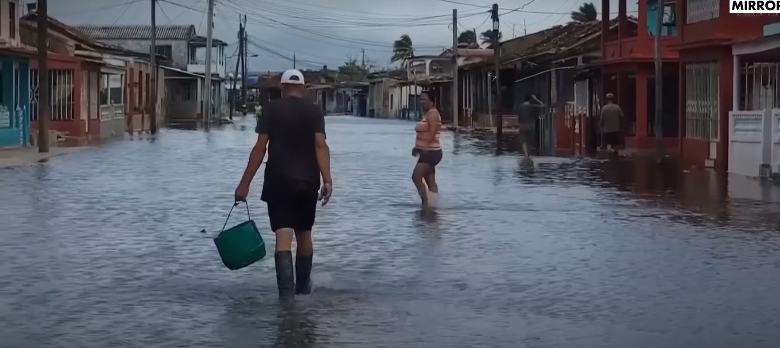
People walking in a flooded area posted on November 18, 2024 | Source: YouTube/@mirrornow
The worst storm will be felt from Tuesday through Friday, with impacts possibly extending into Saturday. Residents in these areas have been warned to prepare for challenging conditions as the storm intensifies.
Northern California and southwest Oregon will experience the heaviest rainfall, with some areas expecting 8 to 12 inches, possibly up to 15 inches. Western Oregon and Washington will see 1 to 5 inches, with the heaviest amounts along the coast and foothills.
The rain could lead to flooding in areas with poor drainage and potentially cause rivers and creeks to overflow. Mudslides remain a concern, especially near recent wildfire burn zones. Rock slides are also possible along mountain roads.
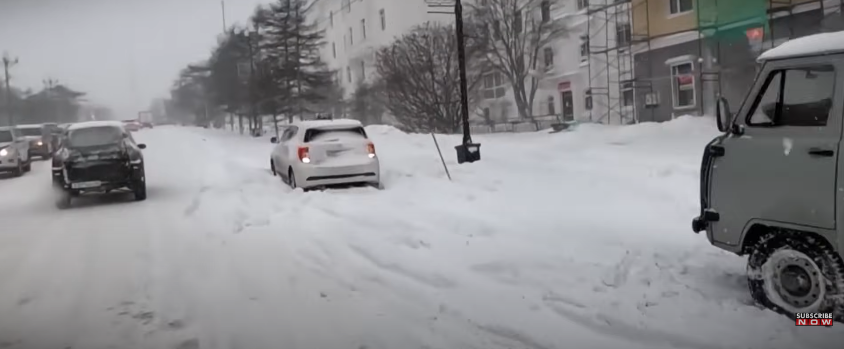
Heavy Snow fall posted on November 18, 2024 | Source: YouTube/@mirrornow
The strongest winds were expected late Tuesday through early Wednesday, with gusts over 60 to 70 mph along the coast in Northern California, Oregon, and Washington.
Stronger gusts will also impact inland areas, including the Cascades and foothills. After the peak winds pass, gusty conditions will persist for the rest of the week.
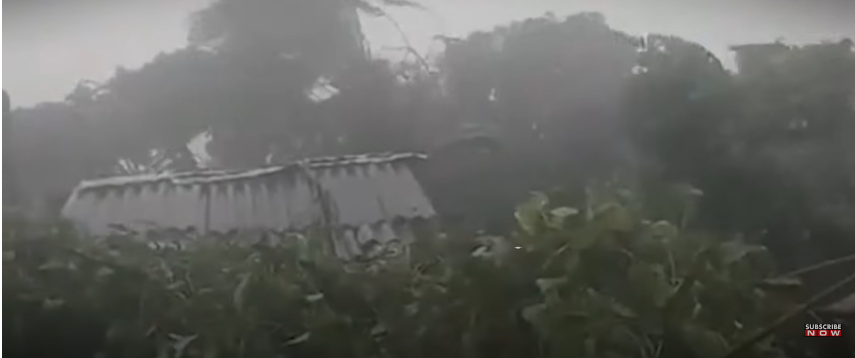
Harsh weather conditions posted on November 18, 2024 | Source: YouTube/@mirrornow
The National Weather Service has issued urgent warnings and advisories as a powerful bomb cyclone moves into the region.
The small craft advisory remains in effect until 9 a.m. PST Tuesday. Mariners have been warned of southwest winds ranging from 10 to 20 knots, gusting up to 30 knots, with seas reaching 13 to 14 feet. They have been strongly advised to stay in port or take extra precautions to secure their vessels for these severe conditions.
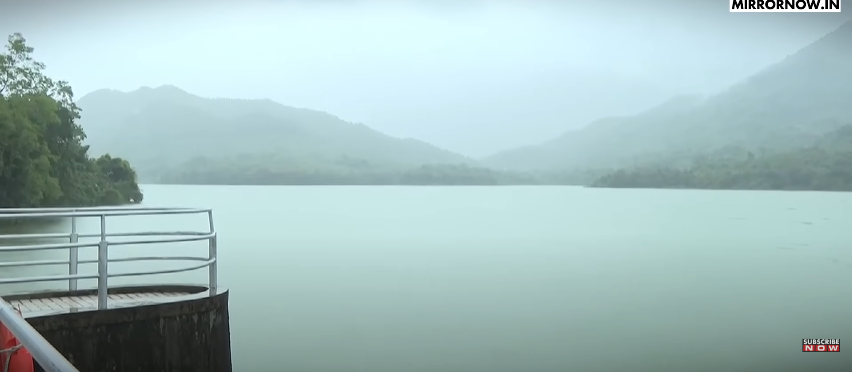
A view of stilll waters posted on November 18, 2024 | Source: YouTube/@mirrornow
The Storm Warning was in effect from 9 a.m. Tuesday to 3 a.m. PST Wednesday, where the storm will bring dangerous south winds between 30 to 50 knots, with gusts peaking at 70 knots.
The rough seas will build to between 21 to 26 feet, posing a serious risk to vessels and reducing visibility. Mariners should be prepared to alter course or secure their vessels to avoid potential damage.
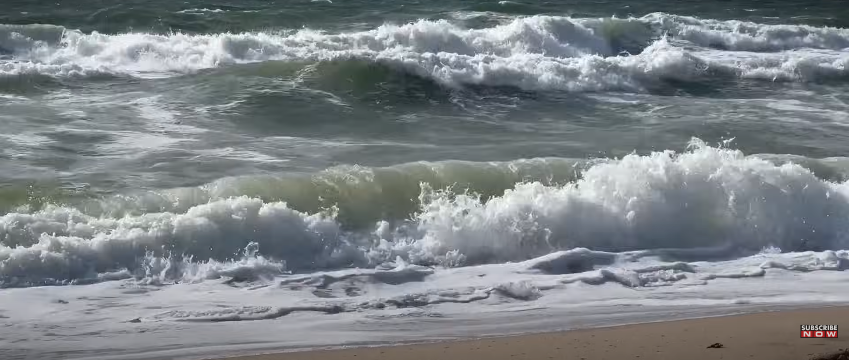
Storm brewing in the ocean posted on November 18, 2024 | Source: YouTube/@mirrornow
Meanwhile, the hazardous seas warning remained in effect until 1 a.m. PST Tuesday. Expect very steep, hazardous seas ranging from 13 to 17 feet at 14-second intervals, along with southwest winds around 15 knots.
From 4 a.m. PST Wednesday, the storm will intensify further, bringing seas of 21 to 26 feet and winds gusting up to 60 knots. Mariners are urged to prepare for these severe conditions and consider staying in port or finding safe shelter.

Illustration of a Bomb Cyclone
Recreational boaters have also been warned to avoid venturing out to sea, while commercial vessels must prepare for extremely strong winds and hazardous seas. The best course of action is to remain in port until conditions improve.
A bomb cyclone, also known as explosive cyclogenesis, is a rapidly intensifying extratropical cyclone. It forms when the storm’s central pressure drops by at least 1 hPa per hour over 24 hours, creating a rapid and intense pressure drop.
This phenomenon is most common during the cold season, typically found about 750 km downstream from a mobile 500-hPa trough. It results in a powerful and dangerous system capable of bringing significant impacts to maritime regions.
With such severe warnings in place, mariners across the West Coast should take immediate action to protect life and property as this bomb cyclone intensifies.

